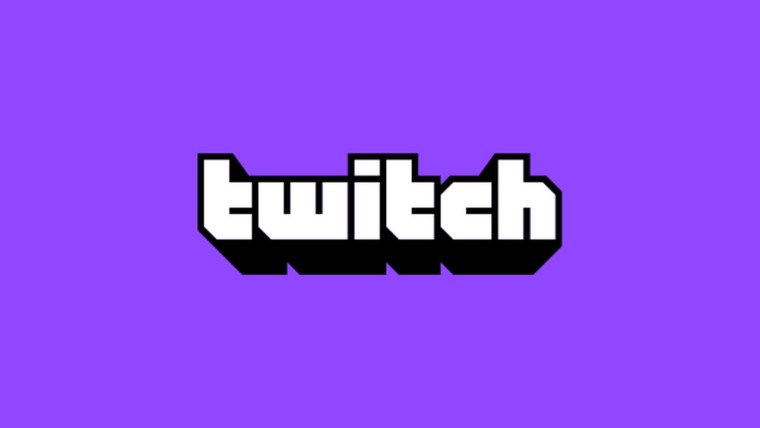TwitchCon Europe served as the stage for Twitch to announce a slate of updates aimed squarely at improving the live-streaming experience especially for viewers on mobile devices. One of the most eye-catching innovations is the introduction of vertical livestreams. Rather than forcing mobile users to tilt their screens or deal with black bars, Twitch will soon allow creators to broadcast in a true portrait aspect ratio. Early tests of vertical streaming begin this summer on select channels, and the feature will eventually support dual-format streaming, automatically switching between portrait and landscape depending on how a viewer holds their phone.
Coupled with this vertical option, Twitch is rolling out 2K (1440p) streaming in open beta. Until now, Twitch capped standard video at 1080p, but creators in the partner and affiliate programs can start uploading sharper, more detailed content or offering it live to their most dedicated followers. By integrating HEVC encoding and higher-bitrate options, Twitch aims to satisfy viewers who expect crystal-clear feeds even when networks fluctuate. The 2K rollout begins this summer and will expand regionally, giving broadcasters the choice between energy-efficient 1080p or the extra fidelity of 1440p when they want it most.
Alongside these upgrades, Twitch unveiled a “rewind” feature that lets viewers replay recent moments without leaving the live feed. Imagine catching a sudden play in the same way VODs do, but you never have to click out of the stream—just scroll back a few seconds, and you’re watching live again. This limited-test functionality will also go live this summer, and early feedback suggests it could change how people interact with fast-paced gaming or music streams where missing the build-up or punchline for even a few seconds can be a headache.

Beyond video quality, Twitch introduced a suite of engagement tools tailored to foster community support. “Combos,” for example, let viewers link multiple actions like sending Bits, cheering, or gifting subs into a single chain that triggers on-screen animations and alerts. That extra layer of feedback can amplify hype moments during charity drives, tournaments, or co-streamed events. At the same time, streamers will soon be able to tailor gift-subscription promotions to specific audiences or occasions. Instead of a one-size-fits-all discount, a streamer could promote a limited-time discount to VIP members or bundle subs with unique chat badges just for a weekend charity marathon.
Clip creation also saw an upgrade. Now, Twitch’s clip editor will allow longer highlights and more granular trimming, giving creators the freedom to showcase up to 60-second moments without awkward cropping. Viewers can even add short reactions or emojis to clips before sharing on social platforms, driving greater reach back to the original channel. And on the affiliate front, Twitch lowered the entry barriers: instead of strict follower or view count thresholds, aspiring broadcasters will find it easier to join the affiliate program and start monetizing their communities.
All of these announcements underscore Twitch’s strategy to keep both creators and viewers glued to the platform. Vertical livestreams acknowledge that a significant portion of Twitch’s audience watches on phones. Making streams feel native to mobile rather than shoehorning a 16:9 feed into an upright frame can boost engagement by removing friction. At the same time, 2K streaming signals that Twitch is serious about matching or exceeding rival services when it comes to raw video fidelity. As livestream production increasingly resembles a polished TV broadcast, these technical improvements help reduce pixelation, stuttering, or muddy visuals when bitrates dip.
The rewind feature represents another leap forward in user experience. Twitch viewers often juggle multiple streams at once or monitor peripheral chats during fast-moving esports matches. Having the ability to rewind without losing the “live” context means catching a crucial play like a last-second hit in a battle royale becomes effortless. Early testers have noted that this smoother navigation cuts down on rage quits and “did I really miss that?” moments, keeping fans glued to a single channel rather than hopping from clip to VOD.
There are operational challenges, of course. Vertical livestreams require additional encoding pipelines and CDN logic to deliver two aspect ratios simultaneously. Doubling up on formats also means twice the server load during peak events. Twitch’s engineering teams have spent months stress-testing these workflows to avoid adding latency, and partners chosen for the initial summer trials are helping Twitch pinpoint any hiccups before a wider rollout.
Likewise, enabling 2K streaming demands upgrades on the ingest and distribution sides. HEVC encoding reduces bandwidth consumption compared to legacy codecs, but only if viewers’ devices support it. To avoid alienating older hardware or low-end mobile phones, Twitch’s new player will intelligently negotiate resolution based on device capabilities and network conditions. In practice, this means a streamer can toggle 1440p from their dashboard, but a viewer on an older phone or slower connection will automatically down-shift to 1080p or 720p without manual intervention.
The engagement suite—combos, gift promotions, extended clips—ties into Twitch’s broader efforts to deepen community bonds and boost revenue. Customizable gift subscriptions allow creators to capitalize on seasonal events or anniversaries. Those “combo” on-screen animations aren’t just glittery overlays; they create moments of shared excitement when a thousand Bits or five gift subs trigger an eruption of visuals and chat alerts. The result, Twitch hopes, is a more explosive, memorable experience for everyone tuned in.
Looking ahead, Twitch’s 2025 roadmap previewed by CEO Dan Clancy earlier this year also includes new moderation tools, enhanced analytics, and AI-driven clip suggestions. But the vertical livestreams, 2K video, and rewind feature stand out as the kind of user-facing innovations that can move the needle. For mobile users, portrait streaming fills a long-standing gap. For those craving sharper visuals, 1440p offers an upgrade without sacrificing the stability of 1080p. And rewind makes missing every key moment a thing of the past.
In the weeks ahead, the early vertical-stream tests will roll out, and feedback from those trial channels will determine when the rest of Twitch’s half-million creators can flip their streams upright. Meanwhile, any partner or affiliate who elects into the open beta can already start experimenting with 2K broadcasts. As Twitch fans eagerly await these features, there’s a renewed sense that live streaming’s golden age is far from over and Twitch wants to lead the way.
Visit our Tech page for related articles.



